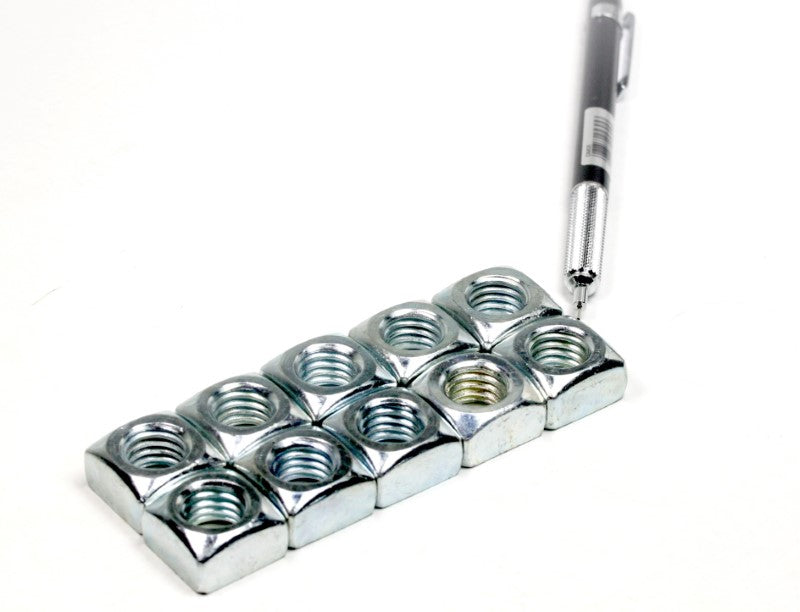1
/
of
2
BuildYourCNC
1/2" Square Nut
1/2" Square Nut
Regular price
$2.35 USD
Regular price
Sale price
$2.35 USD
Unit price
/
per
Couldn't load pickup availability
20UNC square nut This 1/2" square nut can mate with any of our 1/2" screws. The thread size of this nut is 1/2" inches. The width is 13/16" and height is 29/64".
Share




